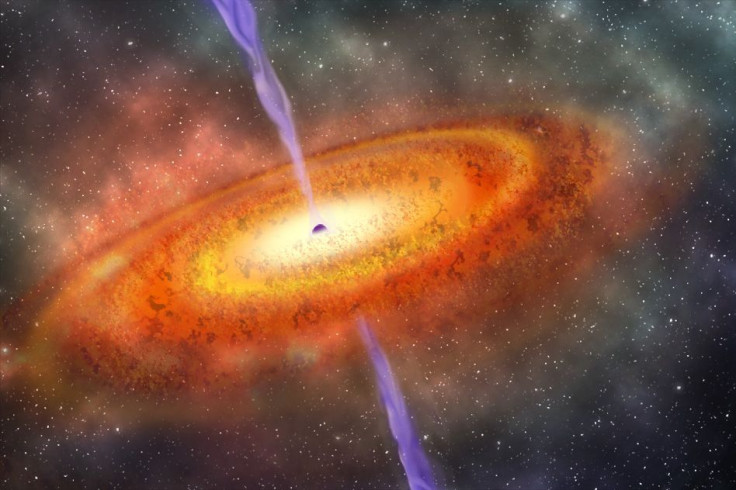Supermassive Black Hole At Milky Way’s Center Becoming More Active, Study Reveals

KEY POINTS
- Milky Way's supermassive black hole has been showing increased activity
- Sagittarius A*'s brightness has been fluctuating in the past years
- X-ray flare emissions from the supermassive black hole has increased
A new study revealed that the supermassive black hole located at the center of Milky Way galaxy has been showing signs of increased activity. According to the authors of the study, they have detected fluctuations in its brightness during the past couple of years.
The supermassive black hole sitting at the center of Earth’s neighborhood is known as Sagittarius A* (Sgr A*). Unlike other known black holes, Sgr A*is not an active galactic nucleus, which is a galactic core that glows brightly as it continuously feeds on cosmic material.
However, during the past couple of years, Sgr A* stunned scientists by displaying increased activity. In a new study submitted for publication through ArXiv.org, a team of French and Belgian scientists revealed that the brightness of the supermassive black hole has been fluctuating.
Aside from this, the scientists also detected an increase in the emission of X-ray flares from the black hole. According to their findings, the number of X-ray flares spiked in the recent years, totaling 107 between 1999 and 2015. The scientists noted that the intensity of the flares began increasing after August 2014.
“We detected an increase by a factor of about three in the flaring rate of the most luminous and most energetic flares that have occurred since 2014 Aug. 30,” the scientists wrote in the study.
The scientists were able to conduct their study and present their findings using data collected by space-based observatories. These include the Chandra X-ray Observatory, the XMM Newton and the Neil Gehrels Swift Observatory.
Although unusual activity was detected coming from the black hole, it is not yet clear what’s causing Sgr A*’s brightness fluctuation and increase in flare emissions. According to the scientists, additional observations should still be conducted on the supermassive black hole in order to gather valuable data regarding its current state.
“The X-ray activity of Sgr A* has increased for more than four years,” the scientists stated. “Additional studies about the overall near-infrared and radio behavior of Sgr A* are required to draw strong results on the multiwavelength activity of the black hole.”
© Copyright IBTimes 2025. All rights reserved.





















